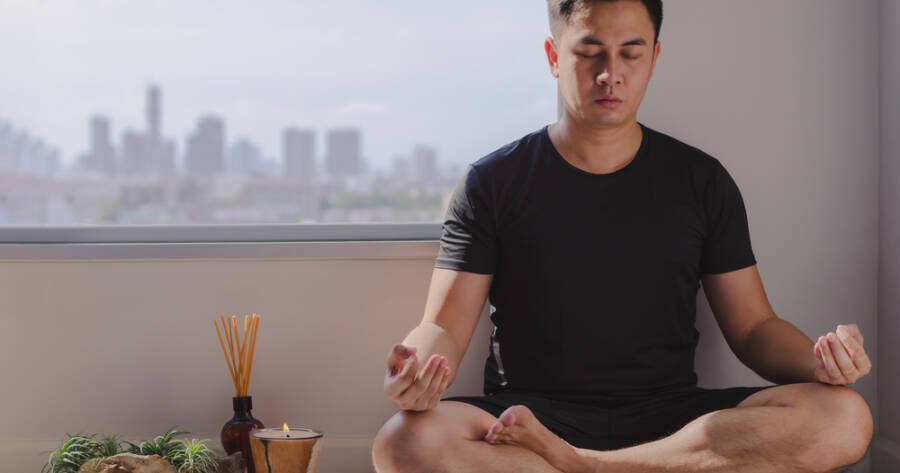Creating a calming space at home doesn’t need to be expensive or time-consuming. A dedicated area for meditation can support your focus, reduce stress, and improve your well-being. With a few thoughtful choices, you can build a peaceful, effective space that fits your lifestyle—and your budget. Here’s how to make it work using what you already have or can find affordably.
Start With a Quiet, Clean Corner
You don’t need an entire room to build a meditation space. A small, quiet corner will do just fine. Look for a place in your home that gets little foot traffic and feels naturally calm. It could be a section of your bedroom, living room, or even a spot on your balcony. The key is to find a place where you can sit quietly without being distracted by noise, clutter, or screens.
Start by clearing the space. A clean area will help calm your mind. Remove unnecessary items and keep only what serves your intention. You might not realize how much mental weight a messy corner adds. A clean, simple setup helps you begin your meditation practice with a clear focus.
Use Simple Items for Seating and Comfort
Comfort is important in meditation, especially if you plan to sit for more than a few minutes. You don’t need a special cushion or bench to get started. A thick pillow, folded blanket, or even a soft rug can work well. What matters most is having a spot where your hips are slightly elevated above your knees to help support good posture.
If you’d like to add a few helpful tools, consider these low-cost additions:
- A yoga block or folded towel for back support during longer sessions.
- A light throw blanket for warmth during early mornings or evenings.
Make sure whatever you choose supports comfort and encourages stillness without distracting you from your practice.
Set the Mood With Lighting and Scent
Creating the right atmosphere doesn’t have to cost much. Soft lighting can change the feel of your space instantly. If possible, use natural light during the day. In the evening, a lamp with a warm bulb or even a string of fairy lights can add a cozy glow.
Scent is another way to signal to your brain that it’s time to slow down. Incense, essential oils, or a candle with a calming fragrance like lavender or sandalwood can work wonders. Choose just one scent you enjoy and use it only in your meditation area so that your body starts to associate it with rest and calm.
Include Natural Elements for Grounding
Adding elements from nature can help you feel more grounded during meditation. Houseplants, stones, seashells, or a small bowl of sand can connect you to the earth and invite mindfulness. You don’t need many—just a few pieces that have meaning or bring you peace.
You can also consider:
- A small jar with soil or pebbles from your favorite hiking spot.
- A leaf or flower from your yard placed in a simple dish.
Bringing nature indoors doesn’t need to be expensive or fancy. Look for objects that hold positive feelings or memories and place them where you can see them.
Keep Distractions Away and Intentions Clear
A meditation space should be free from distractions. Avoid placing your phone, TV, or other electronics nearby unless you’re using a meditation app. If you must have your phone with you, set it to airplane mode or “do not disturb” before starting your session.
It can also help to place a visual reminder of your intention somewhere visible. This could be a handwritten quote, a small book, or an object that symbolizes peace or focus. These small touches don’t cost anything, but they can help you stay motivated to return to your practice each day.
Stay Consistent and Adjust as Needed
One of the best parts of building your own space is that it’s flexible. As your meditation practice evolves, your space can too. You might add a journal, a timer, or a new scent. Or you might remove something that no longer serves you.
Consistency is more important than perfection. A simple space used regularly is far more powerful than a beautiful one rarely visited. Keep your space ready and easy to use, and it will support your well-being without requiring a large investment.
Build Calm, Not Cost
A meditation space should reflect calm, simplicity, and intention—not cost. With a few changes and some creativity, you can create a place that helps you breathe more deeply, think more clearly, and feel more balanced. No big spending required. Let your home become a haven for peace, one mindful corner at a time.

